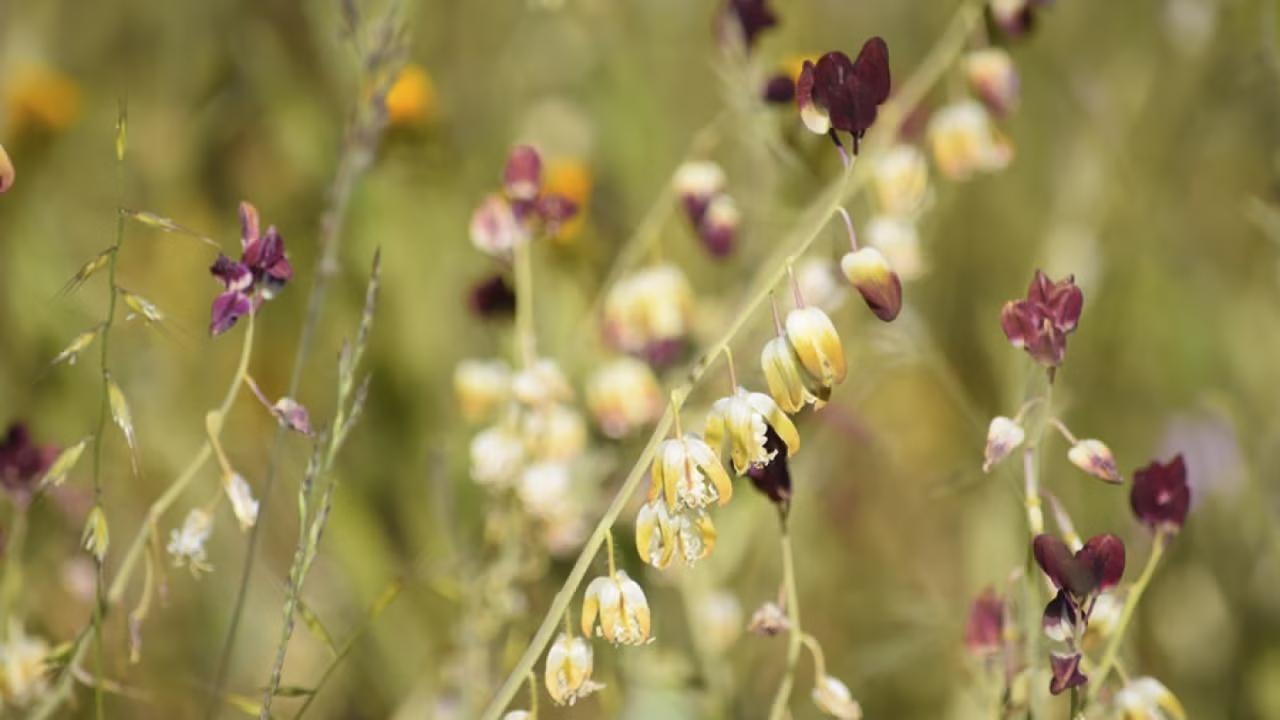
Plants Seek Friendly Environments Rather Than Adapt
As jewelflowers spread into California from the desert Southwest over the past couple of million years, they settled in places that felt like home, according to a new study from the University of California, Davis. The work, published July 1 in Proceedings of the National Academy of Sciences, shows that the ability of plants and animals to adapt to changing climates might be more limited than it appears.
“I was honestly surprised,” said Sharon Strauss, Distinguished Professor emeritus in the Department of Evolution and Ecology and corresponding author on the paper. “They haven’t evolved as much as you would think.”
The study also shows the important role that herbaria — collections of pressed and dried plants — can play in ecological research.
